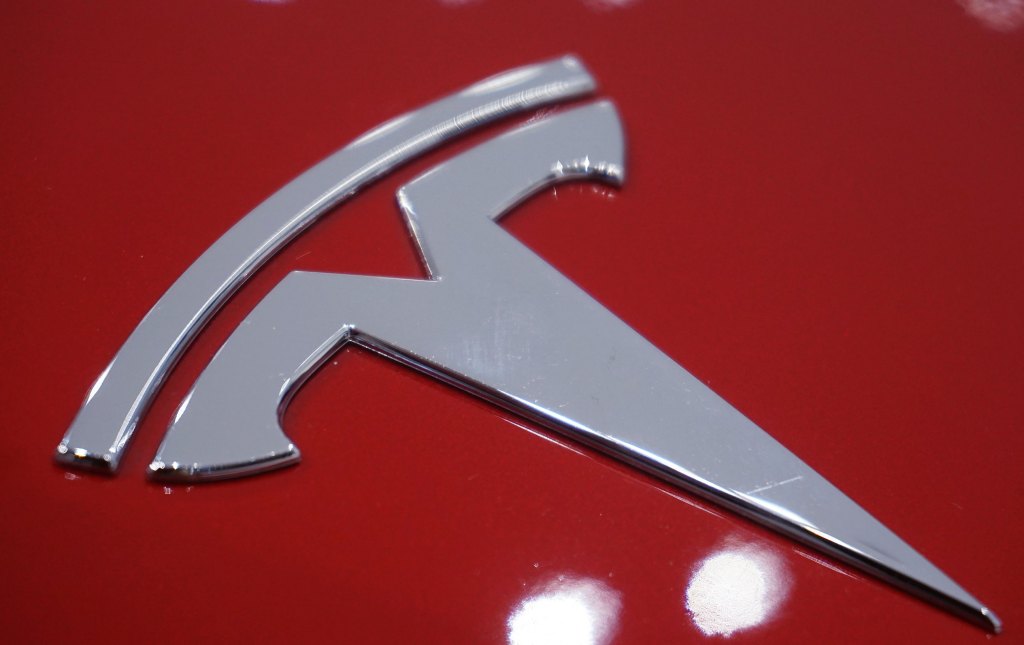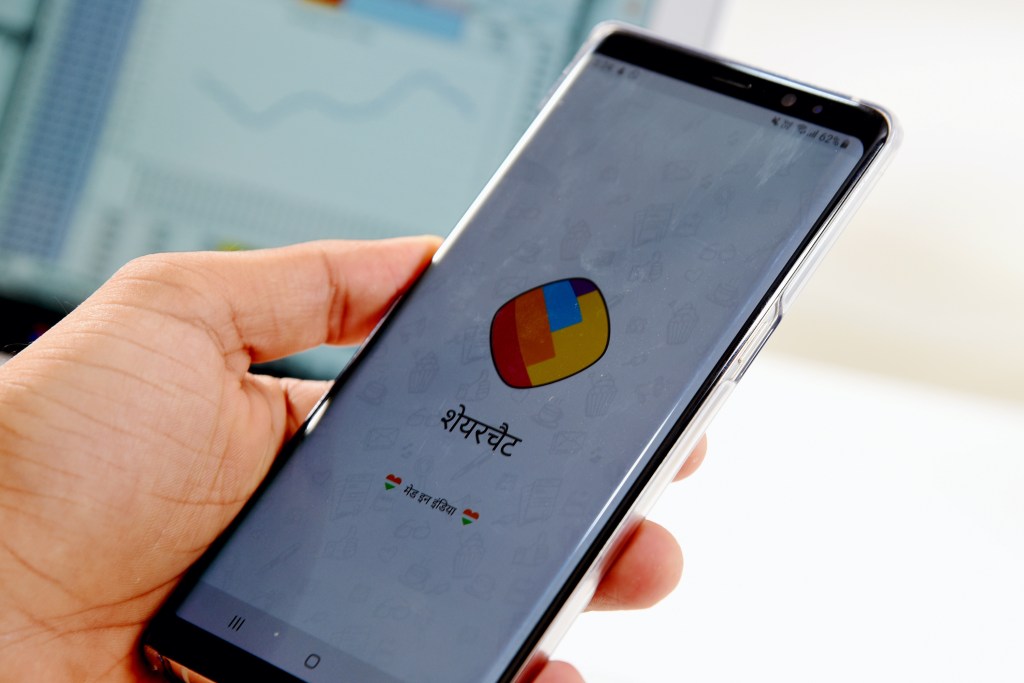
Fisker Inc. co-founders Henrik Fisker and his wife, Geeta Gupta-Fisker, are lowering their salaries to $1 in order to keep their failed EV startup’s bankruptcy proceedings funded, as lawyers work to complete a sale of its remaining inventory.
Fisker Inc.’s restructuring officer, John DiDonato, said in a Tuesday morning filing that the couple, who co-founded the startup in 2016, made the decision July 8 — just five days after he was grilled about the issue by Linda Richenderfer, a lawyer for the office of the U.S. Trustee.
In that July 3 hearing, Richenderfer asked DiDonato whether the Fiskers were still on the payroll. Richenderfer wanted to be sure that every other option had been exhausted given that the lawyers for the company were asking the court to approve an expedited sale of Fisker’s EVs (at least the ones designed for North America) in order to fund the rest of the Chapter 11 case. Those funds are meant to cover legal proceedings and the wind-down of the company.
DiDonato stumbled trying to recall what Henrik and Geeta were currently being paid but told Richenderfer that their salaries were “undertaking a modification” and possibly “some deferrals.”
It’s still not clear what the couple were being paid every other week as the company slid into bankruptcy. The company said in a regulatory filing last year that it paid them a minimum-wage salary in 2022, which at the time in California was $62,400. But they were each additionally paid cash bonuses of $710,000.
In addition to the salary reductions, DiDonato said in Tuesday’s filing that Fisker will defer “certain severance payments, certain employee healthcare benefits, and vehicle sale incentive bonuses” that have not yet been paid. Most of Fisker’s workforce, which was around 1,300 in September 2023, has been whittled down to about 130 people.
All of this comes as the company is pushing to sell more than 3,000 of its remaining Ocean SUVs to American Lease, a New York-area company that mainly serves ride-hail drivers, in a deal that is supposed to net around $46.25 million. And while Fisker is in agreement to make that sale to American Lease, another potential buyer has approached the startup — but that unknown party is under NDA and it’s not been made clear what, exactly, they might want and what they’d be willing to pay.
A lawyer for Fisker said at the July 3 hearing that the plan was to parcel out about 200 Oceans to American Lease at a time, due, in part, to a problem with the EV’s water pump that can cause the high-voltage battery to lose power. Fisker needs to fix that problem on every car before it can be sold because the part is now under an official recall with the National Highway Traffic Safety Administration.
With the cost-saving measures DiDonato laid out, along with additional cash coming in from prior vehicle auctions and interest on bank accounts, Fisker now thinks it can fund the case over the next few weeks. A final decision on the approval of the sale to American Lease is now not expected until July 16.
“I think holding the hearing on that date allows a little more breathing room for the parties and potential other events,” Brian Resnick of Davis Polk, who represents Fisker in the bankruptcy case, said in a hearing Tuesday morning. That includes the potential new buyer for Fisker’s assets, Resnick said, but he added: “We’re certainly not taking our eye off the ball” on the American Lease transaction.
In the interim, the fight between Fisker’s lone secured creditor — Heights Capital Management, an affiliate of financial services company Susquehanna International Group — and its many unsecured lenders continues. A committee of unsecured creditors was finally formed last week, and their legal representation got its first chance to speak at Tuesday’s hearing.
That lawyer, Doug Mannal of Morrison Foerster LLP, didn’t waste the moment. He spent about 10 minutes of the roughly 30-minute hearing building on claims, frustrations and allegations made by another lawyer who spoke on behalf of an unsecured creditor in the first Chapter 11 hearing on June 21. Mannal’s speech aimed to deliver the court a message: The committee of unsecured creditors is uncomfortable with the way that Heights wound up first in line for all of Fisker’s assets.
Heights extended around $500 million worth of loans to Fisker in 2023. That debt was not secured by any collateral, but instead could be converted into Fisker stock. When Fisker was late in filing its third-quarter financial results in late 2023, that breached one of the covenants of the deal with Heights.
Somehow — and it’s still unclear exactly what happened here — Fisker’s way of making good with Heights was to pledge all of its assets as collateral for the remaining debt. “What would be a relatively benign event in most other situations has had a dramatic impact” on Fisker, Mannal said in the hearing. He also noted that the covenant breach allowed Heights to convert and sell Fisker stock at a juicy premium, essentially turning $1 into $1.60 by flipping it on the open market.
Mannal accused Heights of using Fisker as a “money tree” and claimed they’ve already made back far more than the value of the original loans. He therefore questioned why Heights is still claiming to be owed more than $180 million — debt that remains collateralized by all of Fisker’s assets — when the unsecured creditors are collectively owed around $1 billion.
Scott Greissman, a partner at White & Case LLP who represents Heights, said the firm “has at all times acted within the four corners of a series of contracts” with Fisker. He reminded the court that Fisker was a publicly traded company with a board of directors and “fine counsel,” all of whom oversaw the negotiations of the original loans and the agreement to repair the breach.
“Your Honor, similar to the first day hearing, different law firm, same allegations, perhaps a little more dramatic, we don’t think it’s appropriate necessarily at all to respond to any of these allegations that Mr. Mannal has stated on the record almost in the form of testimony,” Greissman said. “We are very concerned that the [unsecured creditors’] committee’s approach to the case will destroy value rather than enhance it.”
(One way the committee of unsecured creditors is already trying to “enhance” the value of what’s left at Fisker: It was the one that found the new potential buyer.)
Whichever way the next few weeks go, Greissman stressed the point that, though Fisker entered a Chapter 11 proceeding, Heights sees this as a liquidation and little else. “Every dollar expended is unrecoverable,” he said. “Even an approved sale won’t necessarily sustain a Chapter 11 case, especially a highly litigious one.”




